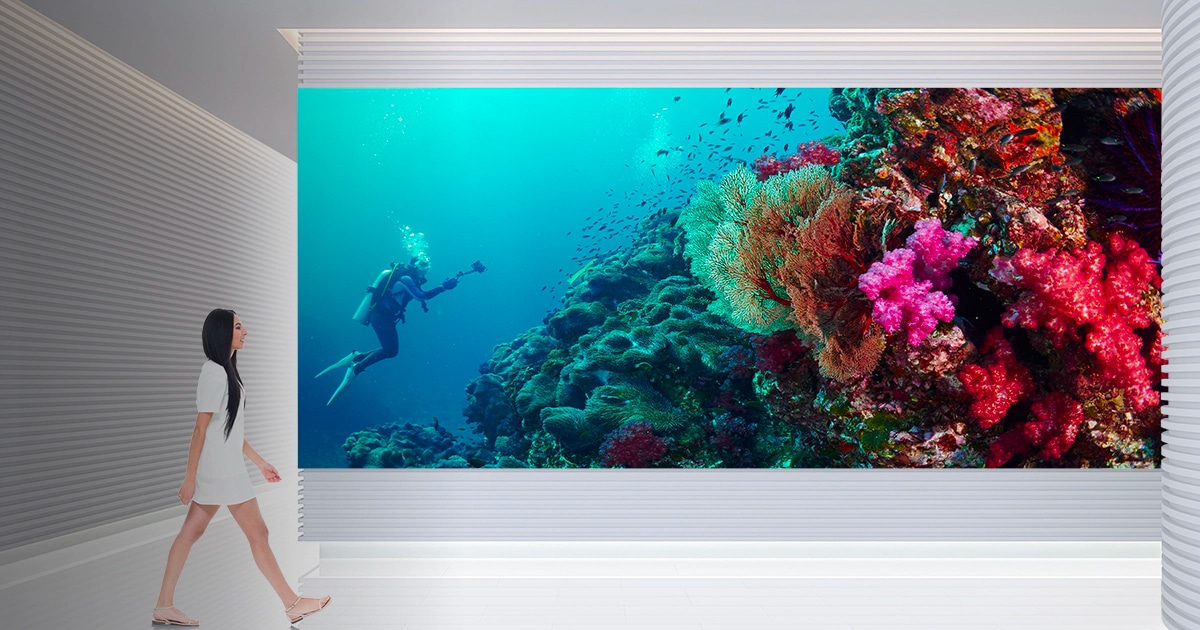Shedding Light on this Future: Investigating the Advantages and Drawbacks of Light Emitting Diode Wall Displays in contrast to Traditional Illumination Solutions
Shedding Light on this Future: Investigating the Advantages and Drawbacks of Light Emitting Diode Wall Displays in contrast to Traditional Illumination Solutions
Blog Article
Light-emitting diode panel panels have become more and more popular in both residential and commercial spaces, offering an alternative to traditional lighting solutions. These screens are thin, thin units that use light-emitting diodes (LEDs) to produce light. They provide a contemporary aesthetic and can be used in various locations, such as workspaces, schools, and residences. While LED wall screens have many advantages, it is crucial to contrast them with conventional illumination options, such as traditional lamps and neon lamps, to comprehend their benefits and drawbacks.
One of the notably significant advantages of LED panel screens is their power effectiveness. LEDs consume considerably fewer energy than traditional illumination sources, which can lead to lower power bills. For instance, an LED screen can use up to 75% fewer power than an incandescent bulb while providing the same amount of light. This power efficiency not only saves money for users but also lowers the overall environmental footprint, making it an eco-friendly sustainable option. With increasing worries about climate issues, many individuals are seeking for methods to reduce their power consumption, and LED panel panels can be a helpful solution.
Another advantage of LED wall panels is their extended durability. Traditional lighting options often need regular changes due to burned lamps. In comparison, LED screens can last up to 25 times than traditional lamps, and much greater when compared to fluorescent lights. This longevity means that users spend less hours more tips here and money on upkeep and renewals. Additionally, the reduced requirement for replacements contributes to fewer waste, further benefiting the eco-system. This robustness makes LED wall screens a more feasible choice for not just home and business operators.
Despite their many benefits, LED panel panels do have some drawbacks. One concern is the initial cost of purchasing and setting up these screens. While costs have fallen over time, LED screens can still be more expensive upfront than traditional lighting options. However, it is important to consider the long-term savings on energy bills and renewal expenses when evaluating the overall value of LED lighting. Some consumers may also be deterred by the brightness of LED lights, as they can be harsher than the warm glow provided by traditional lamps. Choosing the appropriate intensity and hue tone can be essential for establishing a comfortable environment.
Another potential issue of LED panel screens is their reaction to heat and moisture. High get redirected here heat can diminish the effectiveness of LEDs, and extreme humidity can lead to damage. This issue is particularly important in areas of a home or building where conditions can vary, such as restrooms or cooking areas. It is important to select the appropriate type of LED screen for particular settings to ensure best performance. Additionally, some people may find that the light generated by LEDs can be not as comfortable than conventional lighting, leading to issues about vision strain or discomfort in certain settings.
In conclusion, LED panel screens offer many advantages over conventional illumination options, including power effectiveness, longevity, and reduced maintenance costs. However, they also come with some disadvantages, such as increased upfront costs and sensitivity to surrounding factors. As users continue to explore lighting choices, it is evident that LED panel panels can provide a modern and environmentally friendly option for a wide range of locations. By understanding both the benefits and challenges of these screens, people and companies can make informed choices that best suit their illumination requirements.